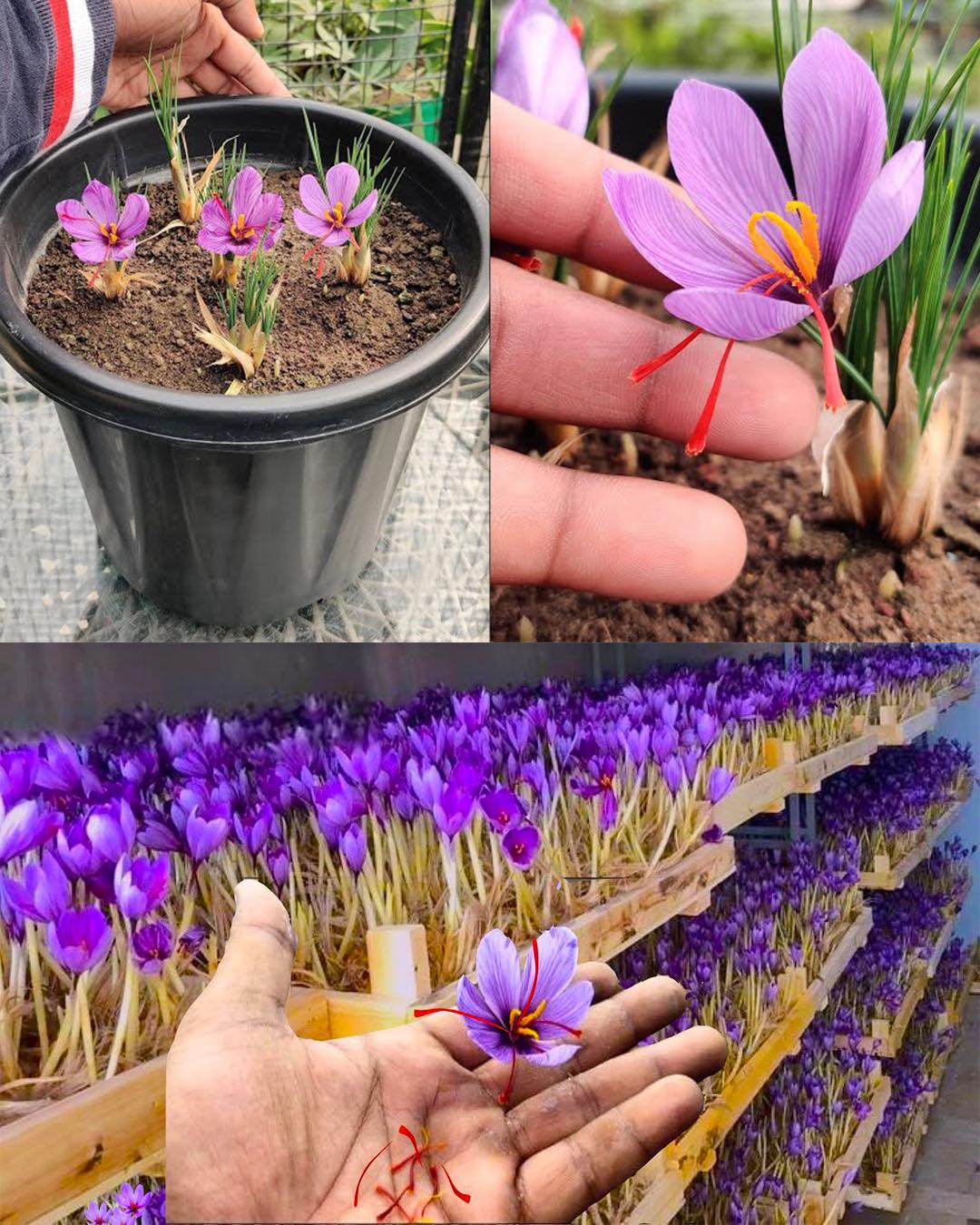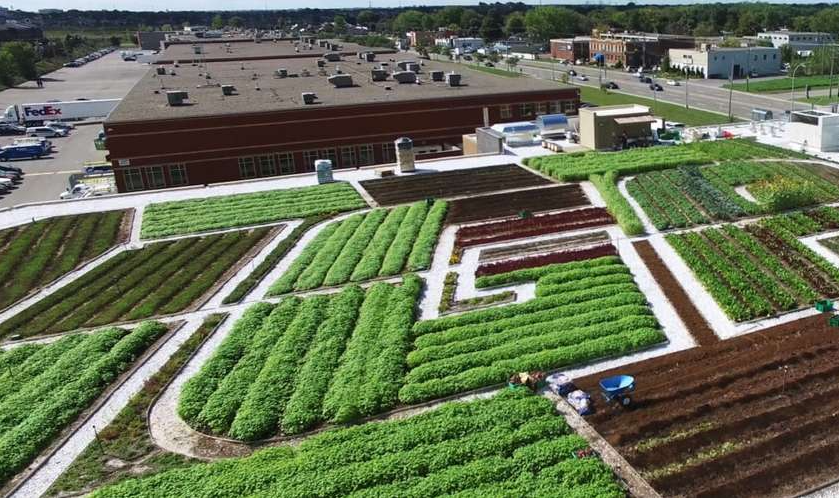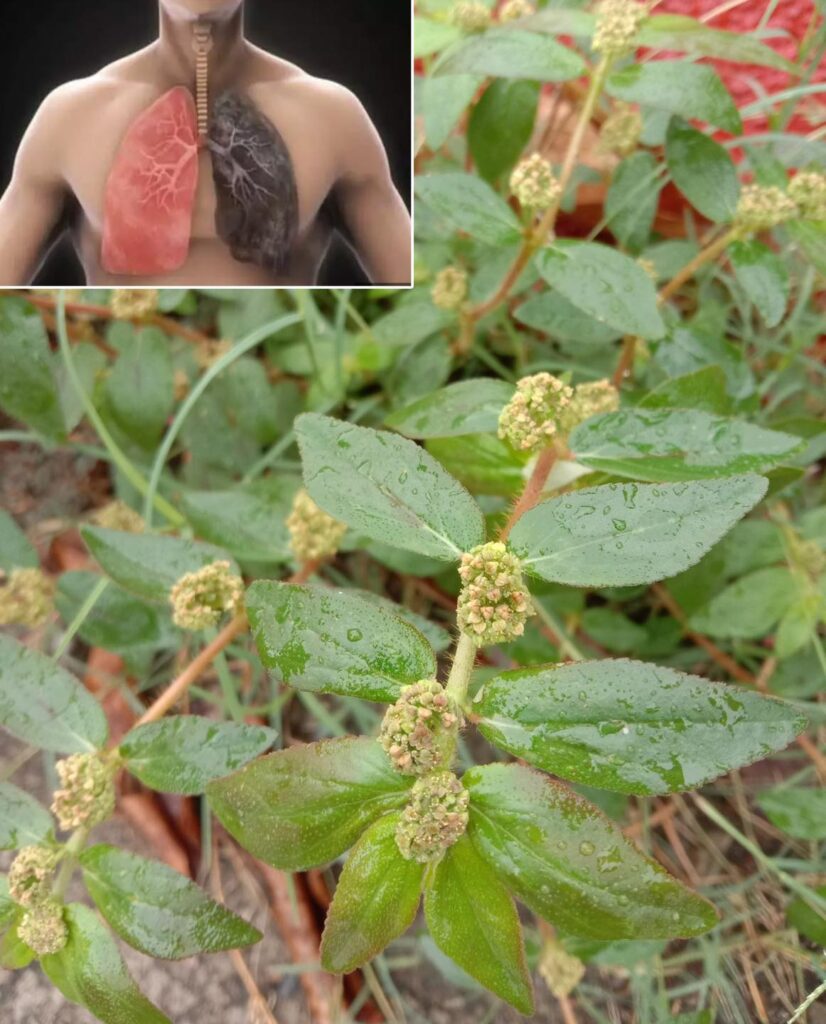Saffron, or Crocus sativus, is a treasured spice known for its striking color, distinctive taste, and numerous health benefits. Traditionally cultivated on large farms, saffron can also be grown in containers, making it an exciting option for those with limited outdoor space.
Choosing the Right Containers
Size and Material: The ideal container for saffron should have a minimum depth of 6 inches and a diameter between 8 to 12 inches. This size allows ample room for the corms to develop without overcrowding. Containers made from terracotta or breathable fabric are preferred due to their porous nature, which aids in even soil drying and reduces the chances of root diseases.
Drainage: Ensure that each pot has one or more drainage holes at the bottom. Good drainage is crucial to prevent waterlogging, which can lead to rotting of the corms. If needed, add additional holes or layer the bottom of the container with gravel to improve drainage.
Soil and Planting
Soil Composition: The best soil mix for saffron consists of two parts potting soil blended with one part coarse sand or perlite. This mix ensures that the soil has excellent drainage and aeration, critical for the health of the corms.
Planting Depth and Spacing: Plant the saffron corms approximately 4 inches deep, with the pointy end facing upwards. Space the corms about 3 inches apart to give each plant enough space to grow.
Timing: The optimal time to plant saffron corms is during the late summer to early fall. This timing allows the corms to establish themselves before the onset of winter.
Location and Climate
Sunlight: Saffron requires a lot of sunlight, ideally receiving 6-8 hours of direct sun each day. If you are in a particularly hot climate, provide some light afternoon shade to prevent overheating of the soil.
Temperature: Saffron crocuses are hardy in USDA zones 6 to 9. In cooler zones, you’ll need to bring your containers indoors during winter or store them in a frost-free area to protect the corms from freezing.
Watering and Feeding
Watering: Water the plants sparingly. Before the sprouts emerge, maintain slightly moist soil conditions. Once the plants are growing, increase the watering frequency but allow the soil to dry out between watering sessions to avoid root rot.
Fertilization: Feed the plants with a balanced, slow-release fertilizer at the start of the growing season. This will support robust growth and a healthy blooming period.
Harvesting Saffron
Timing: Saffron typically blooms once a year for about 1-2 weeks in the fall. Each bloom will produce three stigmas, which are the parts of the flower used as saffron spice.
Harvesting Technique: Use tweezers to carefully pluck the red stigmas from the flowers on the day they open. This ensures you get the highest quality spice.
Drying and Storage: Lay the harvested stigmas on a paper towel away from direct sunlight to dry. Once dry, store the saffron in an airtight container in a dark, cool place to preserve its potency.
Year-Round Care
Post-Bloom Care: After the blooming period, the saffron plant will naturally begin to yellow and die back. Minimize watering during this dormant phase to just enough to keep the soil from completely drying out.
Winter Care: In colder climates, move the containers to a sheltered location or indoors. It’s important to ensure that the soil remains dry but not completely arid during the winter months.
Annual Maintenance: Each year, repot the saffron corms in fresh soil to prevent overcrowding and to replenish depleted nutrients. This helps maintain healthy growth for the next season.
Growing saffron in containers is not only practical but also a rewarding way to bring a bit of exotic flair to your gardening. With some patience and care, you can cultivate this luxurious spice and enjoy the unique satisfaction of using home-grown saffron in your cooking. Tailor these tips to fit your specific climate and experience, and enjoy cultivating one of the world’s most prized spices!



